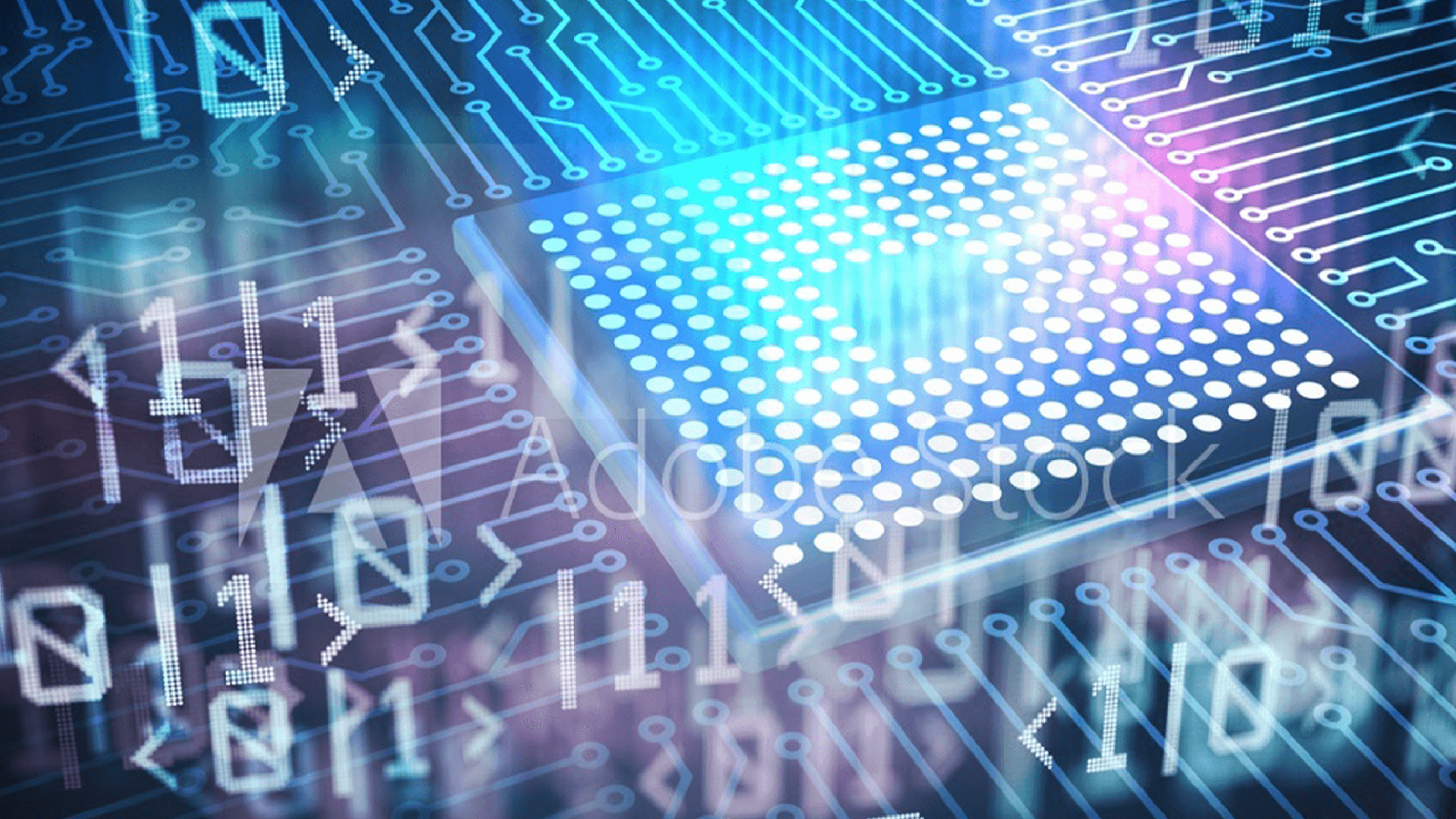Quantum computing has been a theoretical playground for physicists, mathematicians, engineers and scientists for more than 40 years. If recent claims by IBM, Google and Honeywell are to be taken at face value, then the software and hardware capabilities required to harness the power of quantum computing and its underlying algorithms are closer to reality than previously estimated.
So, what is quantum computing? And how could this technology change the world as we know it? In short, classical computing uses as its basic level of information bits possessing one or two binary values (0 or 1). Quantum computers use qubits that apply combinations of 0s and 1s simultaneously. Qubits capture quantum mechanical properties at the subatomic level that allow them to encode more intricate data and perform multiple computations simultaneously—thereby solving problems in orders of magnitude faster than any advanced supercomputer today. Two quantum phenomena known as superposition (e.g., algorithms existing in two-states simultaneously) and entanglement (more on this Houdini-like anomaly later) account for this accelerated subatomic speed.
The Wall Street Journal recently reported that Google’s Sycamore quantum computer solved a mathematical calculation in less than 3.5 minutes that would have taken a mere mortal supercomputer 10,000 years to figure out. No easy feat given that holding qubits in place requires overcoming extremely challenging conditions such as creating temperatures 180 times colder than deep space. Today quantum calculations fittingly generate quantum error rates due to the difficulty in stabilizing qubits in absolute zero for just a fraction of a second required to run an algorithm.
Despite being in its embryonic stage, quantum computing has now left the building and, for that matter, the realm of science fiction. But its full potential is a heavy lift and the hype surrounding it today must be tempered by the immutable laws of physics. That suggests that we may have already reached the technological boundaries where we can no longer cram more microprocessors onto a computer chip. Yet, that has not stopped nations from pouring billions into researching and developing this informational science. Take China for example, which invested $10 billion into a national laboratory in its quest for global quantum supremacy.
But why should the advent of quantum computing matter to us? For starters, it promises to resolve mathematical problems that will underly future discoveries in chemistry, physics, math and medicine. Imagine having the capacity to analyze large swaths of data and provide feedback much more efficiently than traditional computers. One of the many industries that will feel the impact of quantum computing is pharmaceuticals. For instance, researchers are fabricating molecular proteins based on a patient’s personal genetic code (think Crispr gene editing) and biomarkers aimed at accelerating the speed of discovery of targeted drug delivery systems to counter Alzheimer’s, heart disease and cancer.
Another area that quantum computing will disrupt, transform and redefine is manufacturing. While commercial applications are still far down the road, heightened computational power will allow us to design and engineer breakthrough products and services while optimizing digital supply chain solutions. One example of this evolution is the ability to model sophisticated molecules and atoms with complete chemical accuracy to improve the strength-to-weight ratios and material(s) quality used in electric car batteries or commercial and military jets. The combination of quantum computing and machine learning will also enable us to examine codependent variables and processes to boost production yields. Quantum computing will also have the capacity to analyze software systems including the 100 million lines of code found in vehicles today more effectively than modern-day supercomputers.
As we’ve seen, quantum computing is not without its challenges. According to Professor Alan Woodward of the University of Surrey, quantum computing requires defying quantum mechanics in a way in which it can use “physics of things at the atomic level to create effects in the macroscopic world.” This means developing algorithms that can harness the power of two-state superposition and overcome their propensity for high error rates. However, physicists have been able to demonstrate quantum teleportation between two computer chips for the first time when information was actually passed between two chips not by physical electronic connections, but through quantum entanglement (i.e., linking two particles across a gap using the principles of quantum physics).
Other challenges are establishing agreed-upon global standards to realize the full potential of quantum computing. Perhaps the biggest concern surrounding quantum phenomena is its ability to buzz through current-grade encryption and other cyber defenses to access our nation’s coveted economic and national security secrets. Closer to home, your personal banking and medical records are especially vulnerable to having even your most Byzantine passwords being deciphered and firewalls being breached with relative ease. Hopefully, the very same quantum technology that makes our computer systems vulnerable will also devise ways to protect us from these threats despite bad state actors or smash-and-grab cyber thieves’ penchant for being one or two chess moves ahead of us.
The history of innovation shows that the benefits on any new technology are far outweighed by their potential hurdles. The advent of quantum computing will be no different. Like any other major discovery, it will not be a eureka moment but rather a painstaking, steady and incremental process. In the meantime, we need to guard against some of the scientific and Wall Street hype knowing that theory and practical applications always have long runways ahead of them—and can be derailed by the unforgiving physical laws of matter.
Noel Nevshehir is director of Automation Alley’s International Business Services and Global Strategic Partnerships. In this role, Nevshehir is responsible for leading Automation Alley’s trade mission program and foreign direct investment efforts. He is also responsible for seeking out global strategic partners that align with Automation Alley’s Industry 4.0 mission.



